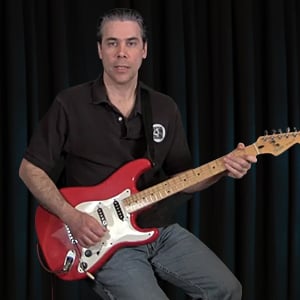Description
This tutorial covers the basics of musical articulations: legato and staccato. We'll have an introductory look at these musical terms; what they are, what they mean, how they sound and how to play them.
Lesson Info

Instructor
Christopher Schlegel
- Styles:
- Any Style
- Difficulty:
-
- Files
- Videos / Score
- Published